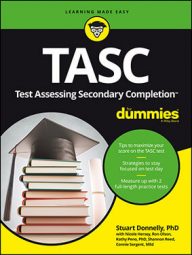Two ways in which text can be organized are compare/contrast and cause/effect.
Compare/contrast
When an author uses this organizational structure, she provides both similarities and differences between at least two people, places, or things. For example:There are so many different types of melons, but my favorites are watermelon and cantaloupe. A watermelon is much bigger than a cantaloupe and its flesh is red in color, whereas a cantaloupe's flesh is the color of coral. Both, however, have a delicious, juicy, satisfying taste, best enjoyed on a hot summer day.The author compares the two melons through the taste and texture of their flesh and contrasts them by discussing their differences in size and color. The power of comparing and contrasting by an author is that it helps you, the reader, make connections between the two items under discussion. It helps you derive an immediate picture of both items without having to spend too much time reading about each one individually.
Cause/effect
By using cause and effect in their text, writers provide the reasons for an action or event and also the result of the action or event — or, more simply put, the why and the what of an action or event.You often find clue words like if, then, because, since, and so in text that's organized using cause and effect.
For example:Jay woke early on Friday morning because he had a long list of things to do before school. He had decided to make a list the night before. If he hadn't made a list, he would have forgotten everything! He had agreed to walk the next-door neighbor's dog because he thought his neighbor was really cute and might want to ask her for a date. Jay had put that first on his list. He would have to take Bailey for a short walk so he wouldn't be late for school. Next on the list was to pack a lunch because he had a math quiz and wouldn't have time to go out for food. The last thing on Jay's list was to put gas in his car. Then, if he got stuck in traffic, he wouldn't have a problem. He had thought of everything!Notice that the italicized clues point to the fact that this author organized his text using cause/effect. Can you identify which statements represent cause and which represent effect?

